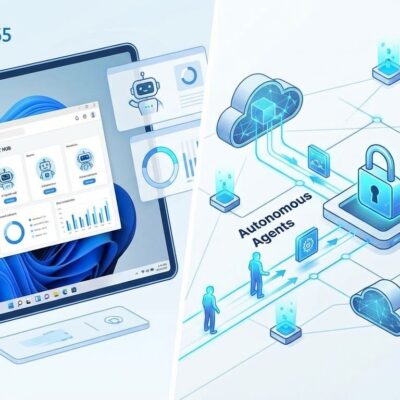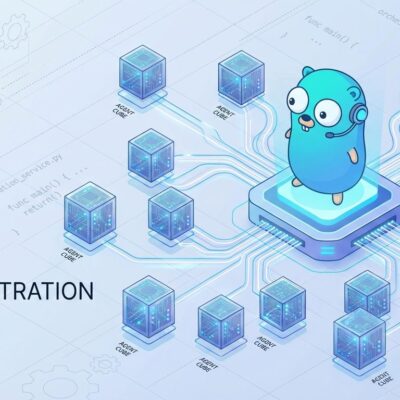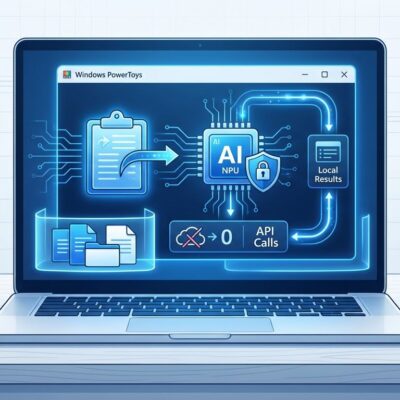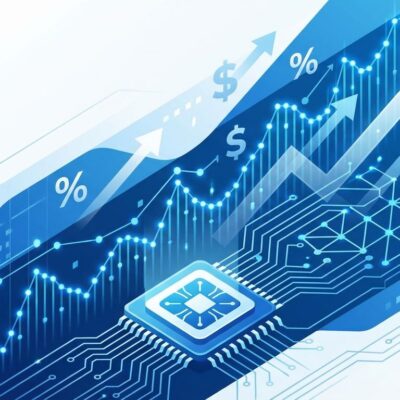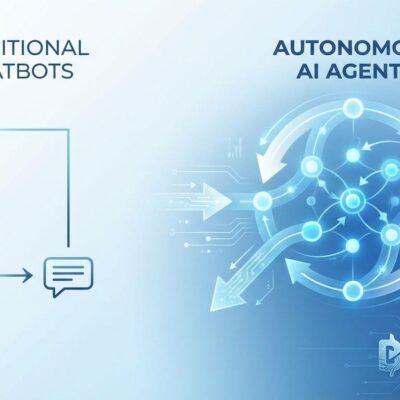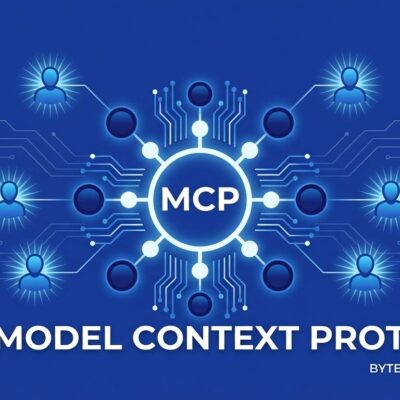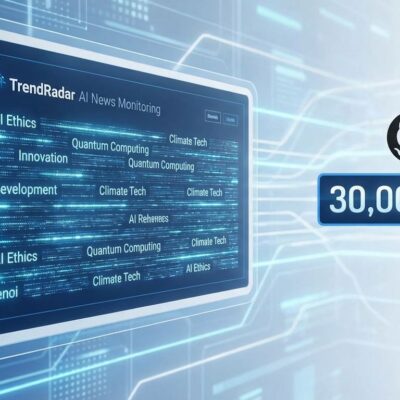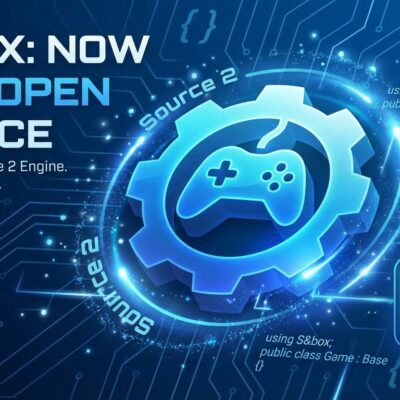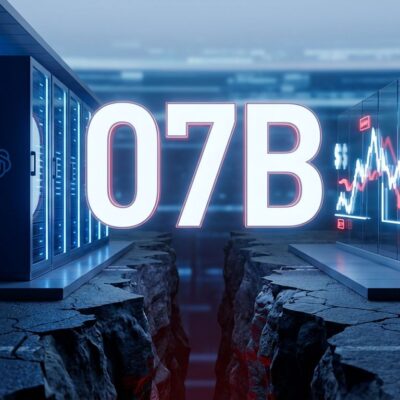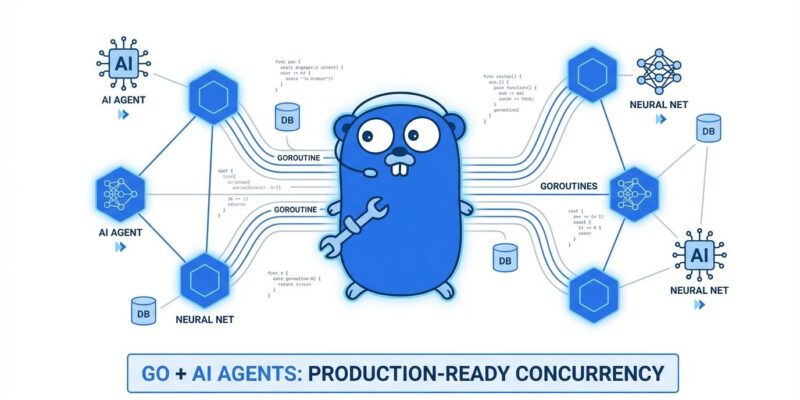
Google launched the Agent Development Kit (ADK) for Go on November 7, 2025, giving backend developers their first production-ready framework for building AI agents. While Python frameworks like LangChain and CrewAI have dominated the agentic AI space, Go developers were stuck context-switching languages or skipping AI agents entirely. That changes now. ADK-Go brings native AI agent capabilities to the language that powers Docker, Kubernetes, and most of the infrastructure layer. Agentic AI adoption has surged 920% across the developer community this year, but until this launch, Go shops had no credible tooling to participate.
What is ADK for Go?
ADK for Go is an open-source, code-first toolkit that lets you build, evaluate, and deploy sophisticated AI agents using native Go. Google designed it for developers who need fine-grained control over agent behavior rather than low-code abstractions. The framework moves LLM orchestration directly into your codebase, giving you explicit control through familiar Go idioms: goroutines, channels, strong typing, and the standard toolchain you already use.
The framework is model-agnostic but optimized for Gemini, with built-in support for rich tool ecosystems, custom functions, and OpenAPI specifications. Installation takes one command: go get google.golang.org/adk. From there, you define agent behavior in code:
agent, err := llmagent.New(llmagent.Config{
Name: "weather_agent",
Description: "Provides weather information",
Instructions: "You are a helpful weather assistant",
Tools: []tool.Tool{GoogleSearch},
Model: geminiModel,
})ADK-Go is part of the larger ADK family that includes Python and Java, but this isn’t a lazy port. Google built it specifically for Go’s strengths: concurrency, performance, and deployment simplicity. The framework includes evaluation tools, a development UI for testing, and deployment patterns that work anywhere from your laptop to Google Cloud.
Why Go’s Concurrency Makes It Perfect for Multi-Agent Systems
AI agents are inherently concurrent. Each agent needs to run independently, respond to events, and communicate with other agents without blocking the main thread. Go was built from the ground up for exactly this workload. Goroutines consume far less memory than OS threads—thousands can run simultaneously without overwhelming your system. The Go runtime manages scheduling automatically, and channels provide safe, synchronized communication between agents.
This architectural advantage matters when you’re building multi-agent systems. A travel planning agent might coordinate FlightAgent, HotelAgent, and SightseeingAgent in parallel, with each running in its own goroutine. Backend automation agents for log analysis, monitoring, and incident response can operate concurrently without complex thread management. Python frameworks lack this native lightweight concurrency. CrewAI and LangChain rely on Python’s threading model, which doesn’t scale the same way.
ADK-Go leverages this concurrency advantage directly. The Agent-to-Agent (A2A) protocol standardizes how agents delegate tasks and collaborate securely. A primary coordinator agent can spin up specialized sub-agents, distribute work across goroutines, and aggregate results without exposing internal logic. Agents share state through context objects and session state, enabling complex orchestration patterns like hierarchical coordinators and parallel execution workflows.
MCP Integration: 30+ Databases Out-of-the-Box
ADK-Go includes native support for the Model Context Protocol (MCP), which provides pre-built toolsets for over 30 databases. The MCP Toolbox for Databases functions as a universal abstraction layer for secure querying and data retrieval. BigQuery, AlloyDB (PostgreSQL-compatible), and SQLite are supported out-of-the-box with natural language query capabilities and SQL generation.
Integration code is straightforward:
toolboxClient, err := tbadk.NewToolboxClient("https://127.0.0.1:5000")
toolboxtools, err := toolboxClient.LoadToolset("my-toolset-name", ctx)
toolsList := make([]tool.Tool, len(toolboxtools))
for i := range toolboxtools {
toolsList[i] = &toolboxtools[i]
}
llmagent, err := llmagent.New(llmagent.Config{
Tools: toolsList,
})This reduces integration time from weeks to hours. Instead of building custom database connectors, you load a toolset and pass it to your agent. Use cases include natural language query interfaces for internal tools, automated data retrieval agents, analytics bots, and database health monitoring—all without leaving your Go codebase.
Getting Started in Minutes
The quick start requires Go 1.24.4 or later and ADK Go v0.2.0 or later. Create a project directory with three files: agent.go for your agent code, .env for API keys, and go.mod for dependencies. Set up your Google API key in the environment file, define your agent config, and run the built-in development UI for testing.
The framework includes robust debugging, versioning, and deployment patterns. You can test agents locally, evaluate performance with built-in metrics, and deploy to any environment that runs Go binaries. Google Cloud integration is seamless if you’re already in that ecosystem, but the toolkit works independently.
The GitHub repository (trending #2 today with 157 stars gained) includes quickstart examples and multi-agent templates. The official documentation provides step-by-step tutorials for building your first agent, integrating MCP toolsets, and orchestrating multi-agent workflows.
What This Means for Backend Teams
Go dominates backend infrastructure. Docker, Kubernetes, Terraform, and countless microservices run on Go. Until now, adding AI agent capabilities meant introducing Python dependencies, managing separate runtimes, and bridging communication between languages. ADK-Go eliminates that friction. Backend teams can build AI agents in the same codebase as their infrastructure, use the same deployment pipelines, and leverage existing Go expertise.
Practical applications include automated operations agents that monitor logs and respond to incidents, data pipeline orchestration with coordinated ETL agents, and internal tooling with natural language interfaces. Multi-agent architectures can handle complex backend workflows without leaving the Go ecosystem.
ADK-Go is 19 days old and already trending on GitHub. The ecosystem is early-stage compared to Python frameworks, but Google’s backing and production-ready tooling give it credibility. If you’re running Go services and exploring agentic AI, this is the framework to start with. Python doesn’t own AI agents anymore.

